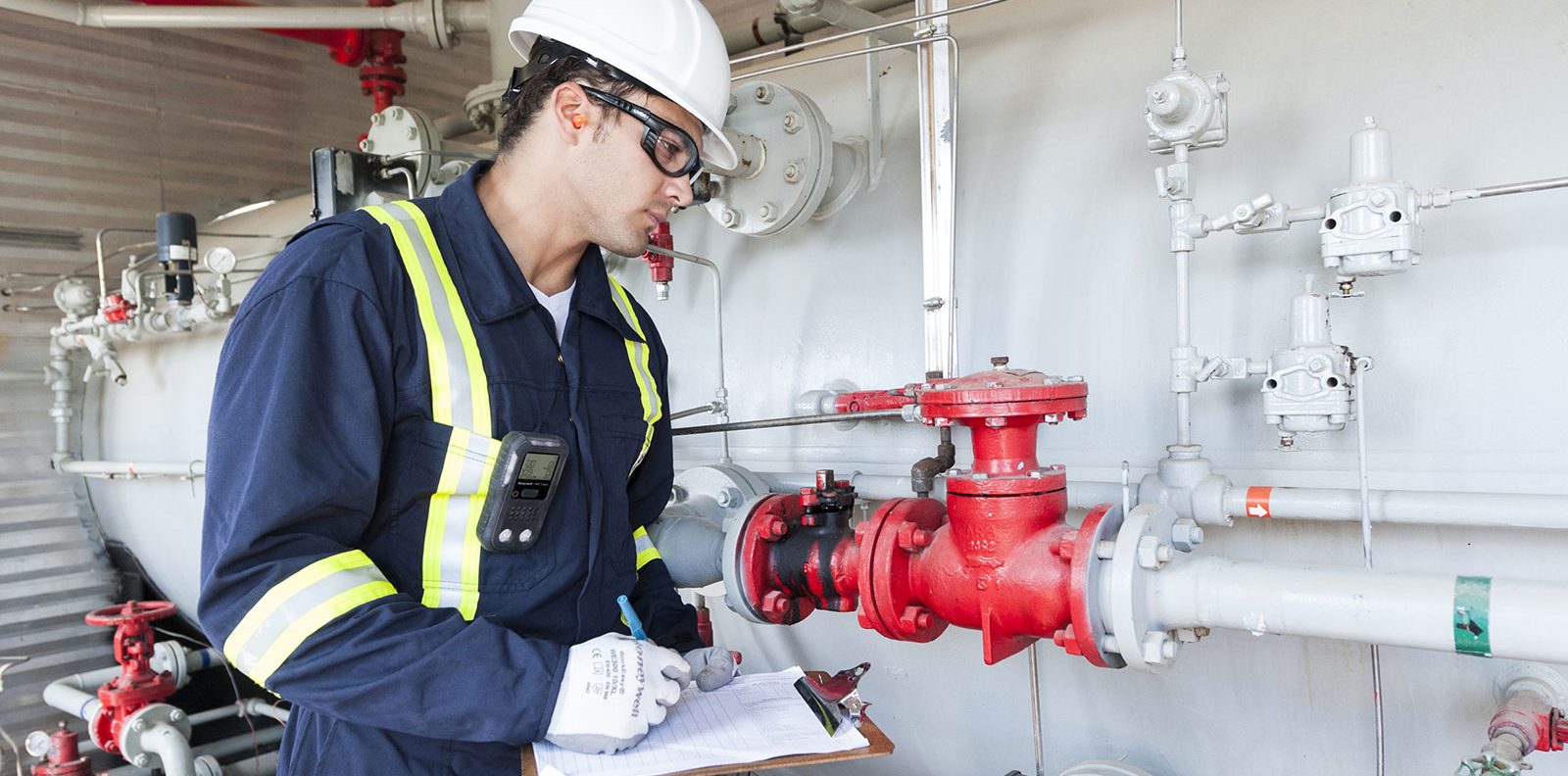
What is gas?
Gas is defined as a substance or matter in a state which it will expand freely to fill the whole container, having no fixed shaped (like a solid) and no fixed volume (unlike a liquid). Ensuring gas safety practices are met in the workplace is not only essential, but also a moral obligation of both the employer and employee.
Three types of hazardous gas:

1. Flammable: Fire and explosion (From gases such as methane, butane and propane. When these types of gases mix with an oxidant and with a source of ignition, they will burn!
2. Toxic: Poisoning (From gases such as carbon monoxide, hydrogen and chlorine); toxic substances can harm the body by either:
a. Contact with the skin which can cause burns or irritation.
b. Absorption in the body causing internal damage or systemic poisoning.
c. Allergic reactions which could be fatal.
3. Asphyxiant: Suffocation (From oxygen deficiency where oxygen has been displaced by another gas). Breathing oxygen depleted air can lead to death from suffocation!
Gas Exposure Symptoms
If you think you have been exposed to hazardous gases, look out for:
1. Feeling lightheaded.
2. Dizziness.
3. Nausea.
4. Headache.
5. Chest and stomach pains.
6. Drowsiness and tiredness.
7. Blurred Vision.
8. Loss of consciousness.
9. Shortness of breath.
10. Confusion.
11. Pale skin or blisters.
12. Loss of muscle control.
How to treat a person who has inhaled a poisonous gas:
1. Remove casualty from the area and into an open outside space.
2. Ensure airway is clear.
3. Give oxygen if it is available.
4. Give chest compressions if necessary.
5. Use a mouth to mouth mask for resuscitation (to avoid spread of poison to resuscitator).
6. Ring the emergency services.
If you suspect a gas leak, FOLLOW these steps:
1. Open all windows and doors.
2. Switch off gas from the mains.
3. Do not touch electrical appliances or light switches (regardless of whether you’re switching them ON or OFF).
4. Do not smoke or use a lighter.
5. Get everyone out of the area.
6. Using a mobile away from the suspected leak and contact the National Gas Emergency service on 0800 111999.
7. Call emergency services if you suspect someone has become unwell from the gas exposure
8. Do Not turn gas back on until you’re told you can by an expert.
How to reinforce your ‘Safety First’ work policy
As an employer, make sure you have complied with regulations to ensure worker and public safety!
Safety should be at the forefront of everyone’s minds at ALL TIMES!
Key to ‘Safety first:’
1. Maintain your appliances:
– Calibrate and bump test.
– Make sure this is done by a specialist.
– Never use a calibration gas passed its expiry date.
– Make sure appliances such as gas safety monitors are securely fitted or physically stable.
– Do not use appliances that could potentially be unsafe or faulty.
2. Ensure workers are fully trained in gas detection and why it is necessary.
3. Do not ignore alarms or previous data.
4. Ensure there is a clear air supply – do not block any vents.
5. Reduce risk of all hazards; risk of falling, risk of gas exposure, risk of injury.
6. Learn from previous mistakes.
If you need to stock up on your supply of safety equipment to make sure your workplace is fit for use, make sure your visit one of our dedicated categories on our products page. Alternatively, check out our Service & Calibration page if you would like to get your equipment inspected by one of our qualified specialists.
Posted by Teri Fitzpatrick





